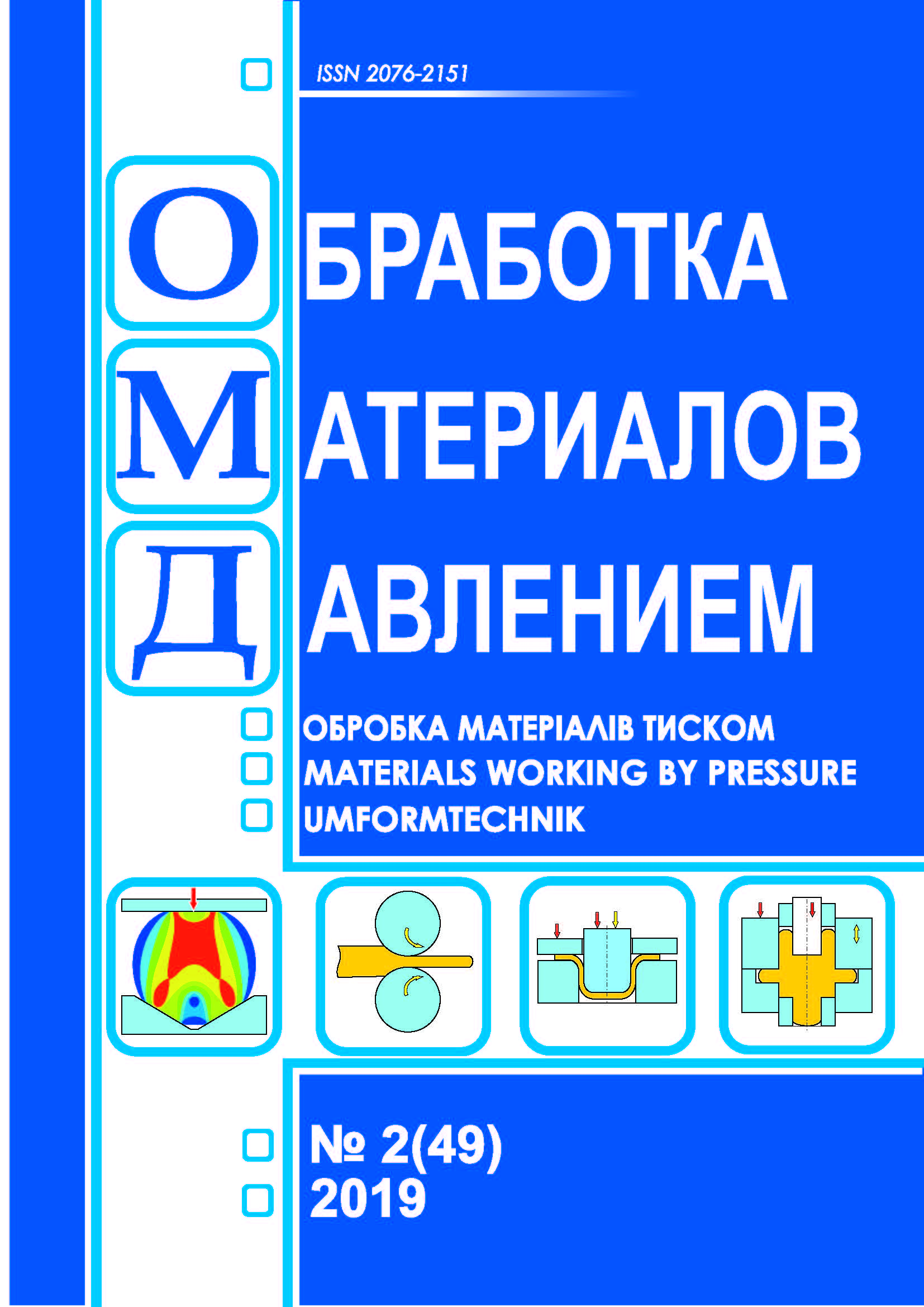Micromanufacturing by severe plastic deformation
DOI:
https://doi.org/10.37142/2076-2151/2019-2(49)87Keywords:
микропроизводство; интенсивная пластическая деформация; субмикрокристаллические структуры; однородность материала.Abstract
Beygelzimer Y., Kulagin R., Estrin Y., Davydenko O., Pylypenko A. Micromanufacturing by severe plastic deformation // Material working by pressure. – 2019. – № 2 (49). - Р. 87-90.
The production of precision small-scale objects is now a rapidly expanding industry worldwide. In English literature, it has been named "Micromanufacturing" and covers the production of meso (1-10 mm) and micro size (1-1000 microns) for aerospace, automotive, optical, biomedical and other engineering fields. Features of "Micromanufacturing" poses the following challenges for material science. First, the mechanical properties of materials for small-sized products are significantly different from those of traditional mechanical engineering. This means that micromanufacturing requires new materials, and in very small quantities, for traditional mechanical engineering quantities. Small-scale production of new materials by traditional metallurgical methods is, at least, unprofitable. Thus, the problem arises to create technologies that allow to produce small batches of various metallic materials with specified properties. Secondly, micromanufacturing requires sub-microcrystalline materials. Finally, to produce a series of identical products from the same workpiece, the statistical variation in the material properties in its bulk is as narrow as possible. Metallurgical methods designed to produce large volume blanks may not provide the degree of uniformity of materials required for micro-production. The article shows that the solution of these three problems is possible by applying the methods of severe plastic deformation.

